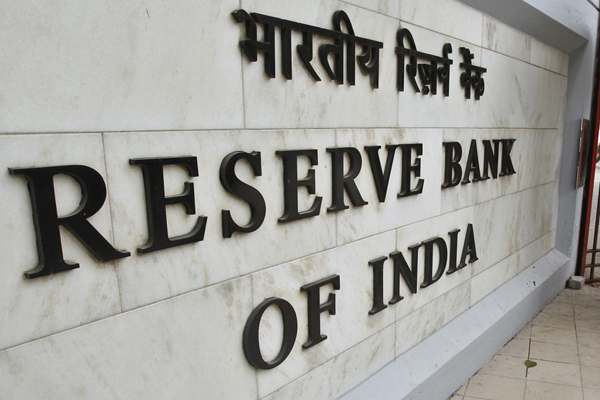The Reserve Bank of India predicted the country’s growth in the financial year 2020-21 in the negative zone on account of Covid-19 uncertainty and impact from over 50-day lockdown, Governor Shaktikanta Das said Friday in a televised speech at the Central Bank’s Monetary Policy Committee Meet, advanced in view of the disruptions caused by the pandemic.
The RBI’s negative growth forecast is in contrast to the Finance Ministry’s 2 per cent positive estimate, but is in line with the projection made by leading brokerages like Goldman Sachs, which predicted economic activity in India to contract by 5 per cent in this financial year.
“The combined impact of demand compression and supply disruption will depress economic activity in the first half of the year. …GDP growth in 2020-21 is estimated to remain in negative territory, with some pick-up in growth impulses from H2: 2020-21 onwards,” Governor Das said, also announcing a 40-basis point repo rate cut to a historic 4 per cent, in the Central Bank’s yet another monetary policy measure to fight the virus pain. On March 27, the RBI had cut interest rates by 75 basis points.
Register Now Certificate of participation will be awarded on successful completion of the course
Das noted domestic economic activity has been impacted severely by the two-months lockdown, adding high frequency indicators point to a collapse in demand beginning in March 2020 across both urban and rural segments. “Electricity and petroleum products consumption – indicators of 4 day to day demand – have plunged into steep declines.”
The Governor highlighted, “the biggest blow from COVID-19” has been to “private consumption”, which accounts for about 60 per cent of domestic demand. The production of consumer durables fell by 33 per cent in March 2020, accompanied by a 16 per cent decline in the output of non-durables, and a similar indications are reflected in surveys of the fast moving consumer goods space, he shared.
On March 25, India imposed the world’s strictest stay-at-home orders to contain the virus. The nationwide shutdown has continued for more than 50-days, this has brought business activity in the Asia’s second largest economy to a standstill.
Now, India is trying to open up even as the Covid-19 cases continue to rise. On May 20, the government announced resumption in domestic air travel, it also relaxed norms in the what is now the fourth round of lockdown, which is in effect till May 31.
“Assuming that economic activity gets restored in a phased manner, especially in the second half of this year, and taking into consideration favourable base effects, it is expected that the combination of fiscal, monetary and administrative measures being currently undertaken would create conditions for a gradual revival in activity in the second half of 2020-21,” Governor Das said in his address.
Expert Take:
Kunal Kundu, India economist at global investment banking firm Societe Generale said the RBI’s predicting negative growth projection was on expected lines and factors in the uncertainty Covid-19 has thrown up.
“Contraction is given as the nearly two-month lockdown severely impacted the Indian economy. Even with the easing of the lockdown regulations, it would not mean that the production cycle of the businesses will get to 100 per cent immediately. More so demand revival remains a challenge,” Kundu said adding India desperately requires adequate fiscal support to kickstart its consumption.




